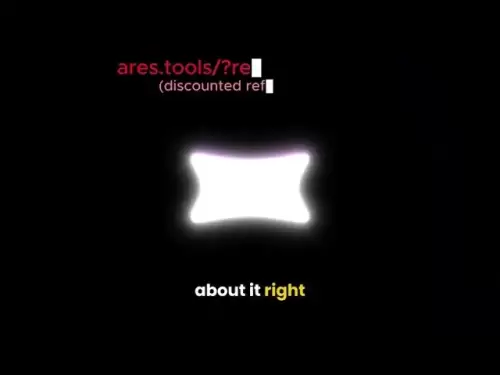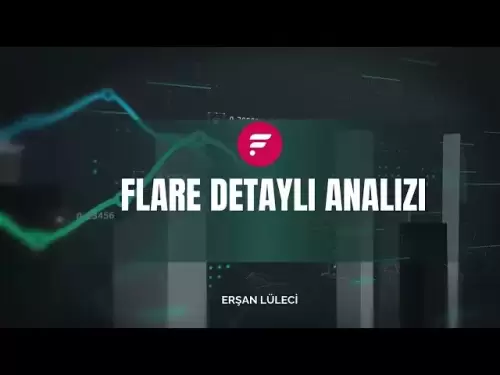-
 Bitcoin
Bitcoin $117500
2.04% -
 Ethereum
Ethereum $3759
3.02% -
 XRP
XRP $3.171
3.30% -
 Tether USDt
Tether USDt $1.000
0.03% -
 BNB
BNB $782.4
2.52% -
 Solana
Solana $187.2
5.62% -
 USDC
USDC $0.0000
0.02% -
 Dogecoin
Dogecoin $0.2380
5.26% -
 TRON
TRON $0.3175
1.07% -
 Cardano
Cardano $0.8227
4.03% -
 Hyperliquid
Hyperliquid $44.50
5.44% -
 Sui
Sui $4.020
10.07% -
 Stellar
Stellar $0.4396
6.28% -
 Chainlink
Chainlink $18.32
4.55% -
 Hedera
Hedera $0.2628
10.71% -
 Bitcoin Cash
Bitcoin Cash $554.8
4.90% -
 Avalanche
Avalanche $24.20
4.60% -
 Litecoin
Litecoin $113.7
2.31% -
 Shiba Inu
Shiba Inu $0.00001413
5.99% -
 UNUS SED LEO
UNUS SED LEO $8.984
0.11% -
 Toncoin
Toncoin $3.326
7.22% -
 Ethena USDe
Ethena USDe $1.001
0.00% -
 Uniswap
Uniswap $10.49
4.56% -
 Polkadot
Polkadot $4.092
4.02% -
 Monero
Monero $326.6
1.30% -
 Dai
Dai $1.000
-0.01% -
 Bitget Token
Bitget Token $4.570
2.49% -
 Pepe
Pepe $0.00001267
5.10% -
 Aave
Aave $297.3
3.10% -
 Cronos
Cronos $0.1344
4.10%
What are the typical application scenarios of blockchain technology in the financial field?
Blockchain enhances finance with faster cross-border payments, automated securities settlement, and transparent supply chain financing, revolutionizing traditional models.
Apr 04, 2025 at 06:15 am
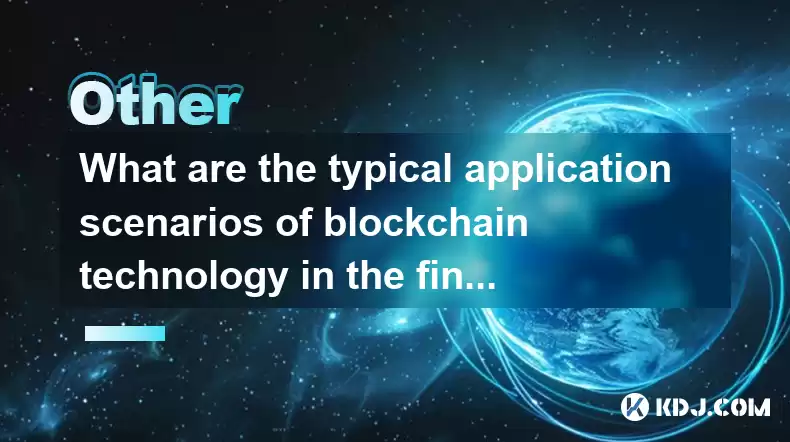
Blockchain's Expanding Role in Finance: Real-World Applications
Blockchain technology, with its inherent security and transparency, offers numerous applications within the financial sector. Its decentralized nature disrupts traditional models, creating new possibilities for efficiency and trust. Let's explore some key areas.
1. Cross-border Payments:
Traditional international money transfers are often slow, expensive, and opaque. Blockchain can streamline this process significantly. Cryptocurrencies and blockchain-based payment systems can facilitate faster and cheaper transactions, bypassing intermediaries and reducing fees. This is particularly beneficial for remittances, where speed and cost are crucial factors. Transparency throughout the transaction is another key advantage.
2. Securities Trading and Settlement:
The settlement of securities trades can be a lengthy and complex process. Blockchain can automate and accelerate this process, reducing settlement times from days to mere seconds. This improves efficiency and reduces counterparty risk. Furthermore, the immutable ledger of a blockchain provides a clear and auditable record of all transactions.
3. Supply Chain Finance:
Blockchain can enhance transparency and traceability in supply chains, benefiting financial institutions involved in financing these operations. By tracking goods and materials throughout the supply chain, lenders can gain better visibility into the flow of goods and the creditworthiness of their borrowers. This improved visibility reduces risks and improves efficiency in financing decisions.
4. Digital Identity and KYC/AML:
Know Your Customer (KYC) and Anti-Money Laundering (AML) compliance are crucial aspects of financial regulation. Blockchain can help streamline these processes by creating a secure and shared digital identity system. This reduces duplication of effort and improves the accuracy and efficiency of compliance checks, while also enhancing data privacy.
5. Decentralized Finance (DeFi):
DeFi applications leverage blockchain technology to create decentralized financial services, including lending, borrowing, and trading. These services often offer higher yields and greater accessibility than traditional financial institutions. However, it's important to note that DeFi platforms also carry inherent risks related to security and regulation.
6. Trade Finance:
International trade often involves complex and time-consuming processes. Blockchain can streamline these processes by providing a secure and transparent platform for managing letters of credit, bills of lading, and other trade documents. This can significantly reduce processing times and costs, improving efficiency and reducing fraud risks. The improved transparency fosters greater trust among trading partners.
7. Insurance:
Blockchain can be used to create more efficient and transparent insurance processes. Smart contracts can automate claims processing, reducing delays and costs. Additionally, blockchain can improve data security and prevent fraud. The immutable record of events on the blockchain provides a reliable audit trail.
8. Central Bank Digital Currencies (CBDCs):
Central banks are exploring the potential of CBDCs, which are digital versions of fiat currencies issued and regulated by central banks. Blockchain technology can play a crucial role in the development and implementation of CBDCs, providing a secure and efficient platform for managing and distributing these digital currencies. This offers potential improvements in monetary policy and financial inclusion.
How to Implement Blockchain in Financial Applications:
Implementing blockchain solutions in finance requires careful planning and execution. Here are some key steps:
- Identify specific use cases: Determine where blockchain can provide the most value.
- Choose the right blockchain platform: Select a platform that meets your specific needs in terms of scalability, security, and functionality.
- Develop a robust security strategy: Implement measures to protect against cyberattacks and other security threats.
- Ensure compliance with regulations: Adhere to all relevant financial regulations and laws.
- Integrate with existing systems: Seamlessly integrate the blockchain solution with your existing financial systems.
- Test and deploy the solution: Thoroughly test the solution before deploying it to production.
- Monitor and maintain the solution: Continuously monitor the solution's performance and make necessary adjustments.
Frequently Asked Questions
Q: What are the risks associated with using blockchain in finance?
A: While offering many advantages, blockchain applications in finance also present risks. These include security vulnerabilities (smart contract bugs, hacks), regulatory uncertainty, scalability challenges, and the potential for misuse in illicit activities.
Q: How does blockchain improve security in finance?
A: Blockchain enhances security through its decentralized and immutable nature. Data is distributed across a network, making it resistant to single points of failure. The cryptographic hashing ensures data integrity, making tampering extremely difficult to detect.
Q: Is blockchain technology suitable for all financial applications?
A: No, blockchain is not a one-size-fits-all solution. Its suitability depends on the specific application and its requirements. Factors such as transaction volume, regulatory compliance, and cost considerations need careful evaluation.
Q: What are the future trends in blockchain technology for finance?
A: Future trends include the increased adoption of CBDCs, further development of DeFi applications, improved scalability solutions, and greater regulatory clarity. The integration of blockchain with other technologies like AI and machine learning is also anticipated.
Q: How can I learn more about blockchain in finance?
A: Numerous online resources, including courses, white papers, and industry publications, offer detailed information on blockchain technology and its applications in finance. Attending industry conferences and networking with professionals in the field is also beneficial.
Disclaimer:info@kdj.com
The information provided is not trading advice. kdj.com does not assume any responsibility for any investments made based on the information provided in this article. Cryptocurrencies are highly volatile and it is highly recommended that you invest with caution after thorough research!
If you believe that the content used on this website infringes your copyright, please contact us immediately (info@kdj.com) and we will delete it promptly.
- Vaultz Capital's Bitcoin Bet: A Strategic Shift on the Aquis Exchange
- 2025-07-26 20:30:12
- Pi Coin, Wallet Features, and Coinbase: What's the Buzz?
- 2025-07-26 18:30:12
- Worldcoin, Punisher Coin, and the Meme Coin Mania: What's the Haps?
- 2025-07-26 18:30:12
- Conviction, Justice System, and Murders: A Look at Recent Cases and Shifting Perspectives
- 2025-07-26 18:50:11
- Shiba Inu, Remittix, and the Market Surge: What's the Hype?
- 2025-07-26 19:10:12
- Cardano Price, ADA Holders, and Leadership Criticism: What's the Real Deal?
- 2025-07-26 19:30:12
Related knowledge
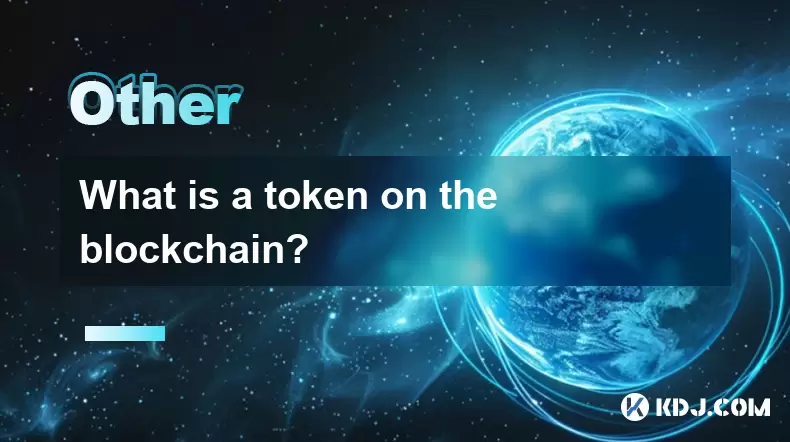
What is a token on the blockchain?
Jul 21,2025 at 07:00am
Understanding the Concept of a TokenIn the realm of blockchain technology, a token is a digital representation of an asset or utility that exists on a...
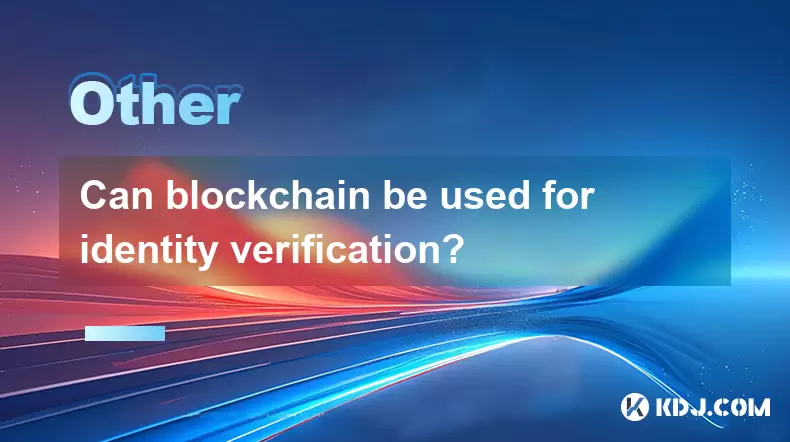
Can blockchain be used for identity verification?
Jul 18,2025 at 02:14pm
Understanding Identity Verification in the Digital AgeIn the modern digital landscape, identity verification has become a critical component for ensur...
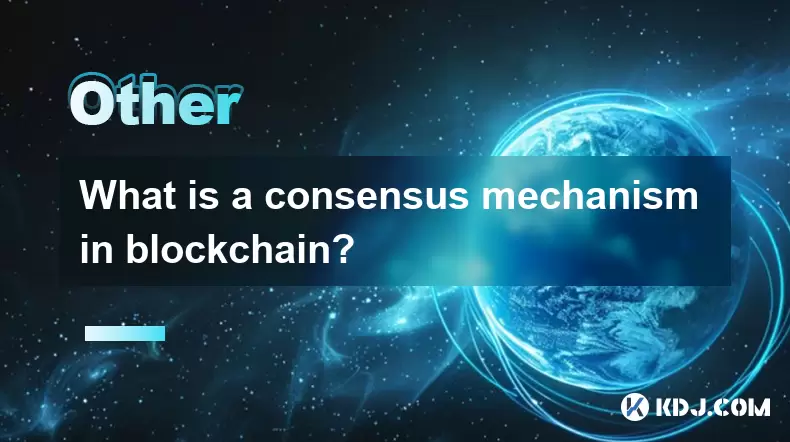
What is a consensus mechanism in blockchain?
Jul 21,2025 at 03:01am
Understanding the Basics of Consensus MechanismsA consensus mechanism is a critical component of any blockchain network. It refers to the process by w...
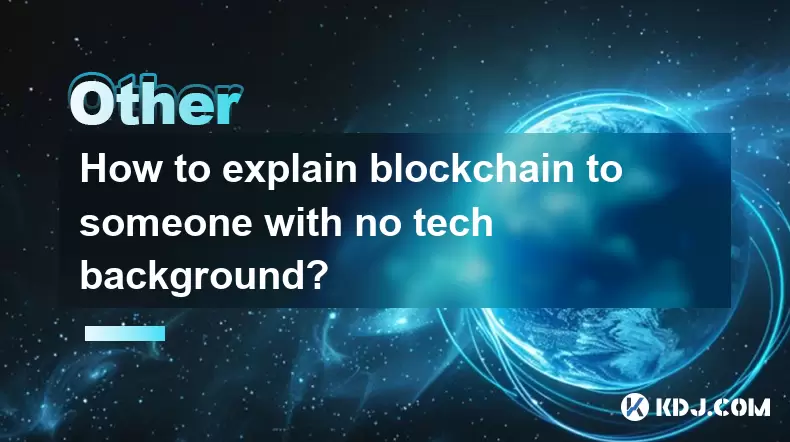
How to explain blockchain to someone with no tech background?
Jul 18,2025 at 11:08pm
Understanding the Basics of BlockchainTo explain blockchain to someone with no tech background, it's essential to start with simple analogies and avoi...
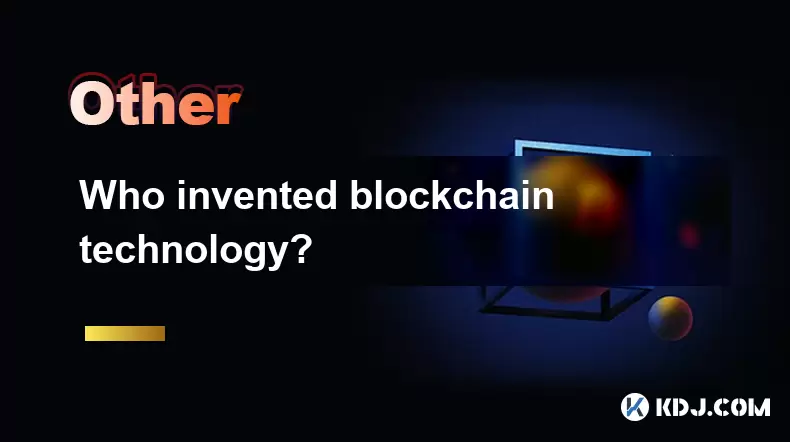
Who invented blockchain technology?
Jul 23,2025 at 01:28am
Origins of Blockchain TechnologyBlockchain technology did not emerge from a single inventor or institution. Instead, it evolved through a series of ac...
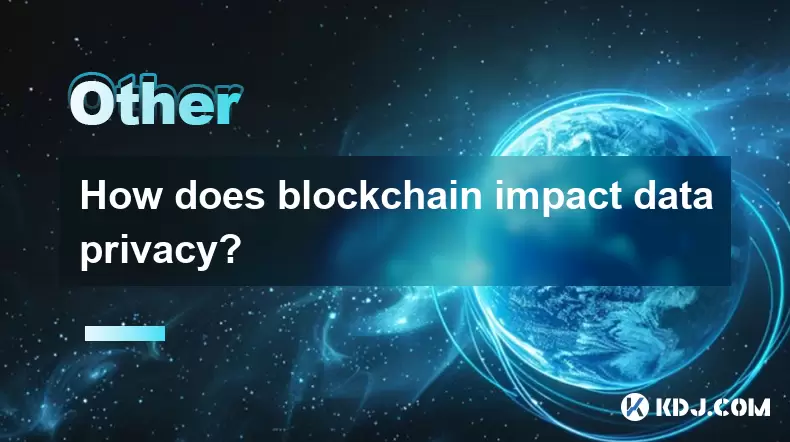
How does blockchain impact data privacy?
Jul 21,2025 at 02:21pm
Understanding the Role of Blockchain in Data PrivacyBlockchain technology, originally developed as the underlying infrastructure for cryptocurrencies ...

What is a token on the blockchain?
Jul 21,2025 at 07:00am
Understanding the Concept of a TokenIn the realm of blockchain technology, a token is a digital representation of an asset or utility that exists on a...

Can blockchain be used for identity verification?
Jul 18,2025 at 02:14pm
Understanding Identity Verification in the Digital AgeIn the modern digital landscape, identity verification has become a critical component for ensur...

What is a consensus mechanism in blockchain?
Jul 21,2025 at 03:01am
Understanding the Basics of Consensus MechanismsA consensus mechanism is a critical component of any blockchain network. It refers to the process by w...

How to explain blockchain to someone with no tech background?
Jul 18,2025 at 11:08pm
Understanding the Basics of BlockchainTo explain blockchain to someone with no tech background, it's essential to start with simple analogies and avoi...

Who invented blockchain technology?
Jul 23,2025 at 01:28am
Origins of Blockchain TechnologyBlockchain technology did not emerge from a single inventor or institution. Instead, it evolved through a series of ac...

How does blockchain impact data privacy?
Jul 21,2025 at 02:21pm
Understanding the Role of Blockchain in Data PrivacyBlockchain technology, originally developed as the underlying infrastructure for cryptocurrencies ...
See all articles





















